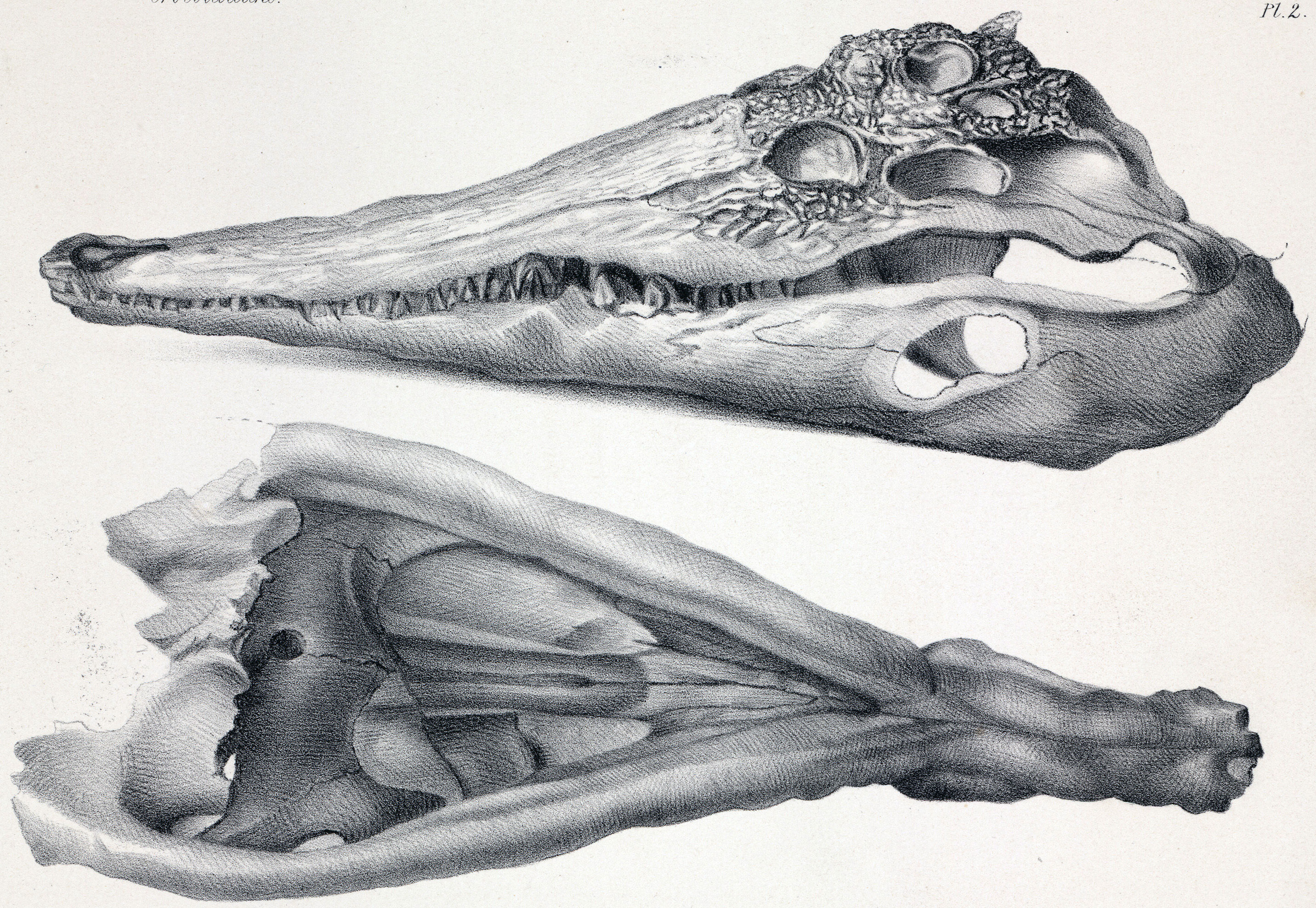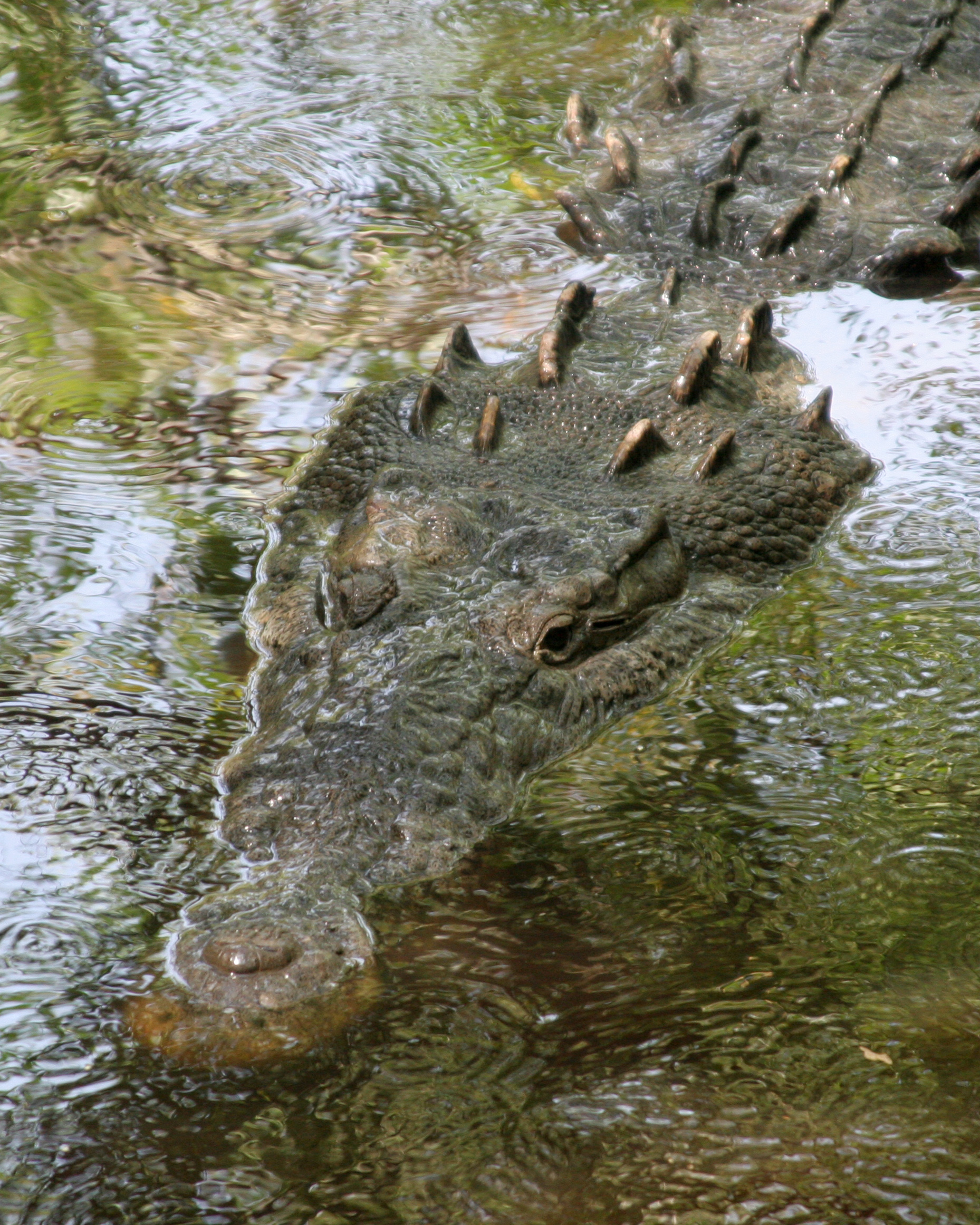|
Dollosuchoides Densmorei
''Dollosuchoides'', colloquially known as the Crocodile of Maransart, is an extinct monospecific genus of gavialoid crocodilian, traditionally regarded as a member of the subfamily Tomistominae. Fossils have been found in the Brussel Formation of Maransart, Belgium and date back to the middle Eocene. The holotype, IRScNB 482, was discovered in 1915 and it was prepared during 1926–1927 by M. Hubert, J. Mehschaert and M. Jean de Kleermaeker, and also in 1927, Louis Dollo had the holotype put on display in the Museum of Natural Sciences and he intended to describe the specimen but he died in 1931 before he was able to describe it and the specimen was eventually referred to ''Dollosuchus'' by Swinton (1937)Swinton, W. E. (1937)The Crocodile of Maransart (Dollosuchus dixoni [Owen]).''Mémoire'' 80: 3–46 until it was moved to its own genus by Brochu (2007). It is currently housed in the Gand Museum in Belgium. Phylogeny Below is a cladogram based morphological ... [...More Info...] [...Related Items...] OR: [Wikipedia] [Google] [Baidu] |
Middle Eocene
The Eocene ( ) Epoch is a geological epoch that lasted from about 56 to 33.9 million years ago (mya). It is the second epoch of the Paleogene Period in the modern Cenozoic Era. The name ''Eocene'' comes from the Ancient Greek (''ēṓs'', "dawn") and (''kainós'', "new") and refers to the "dawn" of modern ('new') fauna that appeared during the epoch. The Eocene spans the time from the end of the Paleocene Epoch to the beginning of the Oligocene Epoch. The start of the Eocene is marked by a brief period in which the concentration of the carbon isotope 13C in the atmosphere was exceptionally low in comparison with the more common isotope 12C. The end is set at a major extinction event called the ''Grande Coupure'' (the "Great Break" in continuity) or the Eocene–Oligocene extinction event, which may be related to the impact of one or more large bolides in Siberia and in what is now Chesapeake Bay. As with other geologic periods, the strata that define the start and end of the ... [...More Info...] [...Related Items...] OR: [Wikipedia] [Google] [Baidu] |
Louis Dollo
Louis Antoine Marie Joseph Dollo (Lille, 7 December 1857 – Brussels, 19 April 1931) was a Belgian palaeontologist, known for his work on dinosaurs. He also posited that evolution is not reversible, known as Dollo's law. Together with the Austrian Othenio Abel, Dollo established the principles of paleobiology. Early life Louis Dollo was born in Lille, Nord-Pas-de-Calais, a scion of an old Breton family. He studied at the École centrale de Lille, with geologist Jules Gosselet and zoologist Alfred Giard, both of whom influenced the young Dollo. In 1877, he graduated with a degree in engineering. After his graduation, he worked in the mining industry for five years, but simultaneously developed a passion for paleontology. In 1879, he moved to Brussels. ''Iguanodon'' spp. For three years, starting in 1878, he supervised the excavation of the famous, multiple ''Iguanodon'' find at Bernissart, Belgium. He devoted himself to their study as a scientific passion, initially concurrently ... [...More Info...] [...Related Items...] OR: [Wikipedia] [Google] [Baidu] |
Thecachampsa
''Thecachampsa'' is an extinct genus of gavialoid crocodylian, traditionally regarded as a member of the subfamily Tomistominae. Fossils have been found from the eastern United States in deposits of Miocene age. Those named in the 19th century were distinguished primarily by the shape of their teeth, and have since been combined with ''T. antiquus''. More recently erected species were reassigned from other genera, although their assignment to ''Thecachampsa'' has since been questioned. Description ''Thecachampsa'', like other "tomistomines" of the Oligocene and Miocene, was considerably larger than living crocodilians. Like living gharials, it had a long, slender snout. The teeth were long and recurved. Unlike its living relatives, ''Thecachampsa'' was marine, inhabiting estuaries and shallow coastal waters. Other marine fossils such as sea snail and bivalve shells, shark teeth, and barnacles have been found alongside remains of ''Thecachampsa'' and similar taxa. Species In 185 ... [...More Info...] [...Related Items...] OR: [Wikipedia] [Google] [Baidu] |
Maroccosuchus
''Maroccosuchus zennaroi'' is an extinct gavialoid crocodylian from the Early Eocene of Morocco, traditionally regarded as a member of the subfamily Tomistominae. Below is a cladogram based on morphological studies comparing skeletal features that shows ''Maroccosuchus'' as a member of Tomistominae, related to the false gharial: Based on morphological studies of extinct taxa, the tomistomines were long thought to be classified as crocodiles and not closely related to gavialoids. However, recent molecular studies using DNA sequencing have consistently indicated that the false gharial (''Tomistoma'') (and by inference other related extinct forms in Tomistominae) actually belong to Gavialoidea (and Gavialidae). Below is a cladogram from a 2018 tip dating study by Lee & Yates simultaneously using morphological, molecular (DNA sequencing), and stratigraphic (fossil age) data that shows ''Maroccosuchus'' as an early-diverging gavialoid, more basal than the last common ancestor to ... [...More Info...] [...Related Items...] OR: [Wikipedia] [Google] [Baidu] |
Kentisuchus
''Kentisuchus'' is an extinct genus of gavialoid crocodylian, traditionally regarded as a member of the subfamily Tomistominae. Fossils have been found from England and France that date back to the early Eocene. The genus has also been recorded from Ukraine, but it unclear whether specimens from Ukraine are referable to ''Kentisuchus''. Species The genus ''Kentisuchus'' was erected by Charles Mook in 1955 for the species ''"Crocodylus" toliapicus'', described by Richard Owen, in 1849. William Buckland named ''"Crocodylus" spenceri'' on the basis of a partial skull found from the Isle of Sheppey in Kent, England. In 1888 Richard Lydekker considered ''"C." toliapicus'' synonymous with ''"C." champsoides'' and ''"C." arduini'', named by De Zigno, and reapplied the name ''"C." spenceri'' to all of these species. The genus name ''Kentisuchus'' was constructed only after it was realized that these specimens were clearly distinct from the genus ''Crocodylus'' and that some specimens ... [...More Info...] [...Related Items...] OR: [Wikipedia] [Google] [Baidu] |
Megadontosuchus
''Megadontosuchus'' is an extinct monospecific genus of gavialoid crocodylian, traditionally regarded as a member of Tomistominae, from the middle Eocene of Italy. Fossils have been found from Monte Duello in the province of Verona. The genus is currently monotypic, with the type and only species being ''Megadontosuchus arduini''. The species was originally named in 1880, although it was assigned to the genus ''Crocodilius'' (now spelled ''Crocodylus''). The genus was first erected by paleontologist Charles C. Mook in 1955 along with the genus ''Kentisuchus'', which was also first classified as ''Crocodilius''. No holotype for ''Megadontosuchus'' was designated in 1880, and a lectotype wasn't proposed until 2007. ''Megadontosuchus'' differs from other traditional "tomistomines" in that it has a more robust rostrum, very large teeth (hence the generic name meaning ''big-toothed crocodile''), and large supratemporal fenestrae on the skull table The skull roof, or the roofing bo ... [...More Info...] [...Related Items...] OR: [Wikipedia] [Google] [Baidu] |
Crocodylinae
Crocodylinae is a subfamily of true crocodiles within the family Crocodylidae, and is the sister taxon to Osteolaeminae ( dwarf crocodiles and slender-snouted crocodiles). Taxonomy Crocodylinae was cladistically defined by Christopher Brochu in 1999 as ''Crocodylus niloticus'' (the Nile crocodile) and all crocodylians more closely related to it than to ''Osteolaemus tetraspis'' (the Dwarf crocodile). This is a stem-based definition, and is the sister taxon to Osteolaeminae. Crocodylinae contains the extant genus '' Crocodylus''. It is disputed as to whether is also includes ''Mecistops'' (slender-snouted crocodiles), or the extinct genus Voay. Phylogeny Some morphological studies have recovered ''Mecistops'' as a basal member of Crocodylinae, more closely related to '' Crocodylus'' than to ''Osteolaemus'' and the other members of Osteolaeminae, as shown in the cladogram below. The below cladogram is based on a 2021 study using paleogenomics that extracted DNA from the ext ... [...More Info...] [...Related Items...] OR: [Wikipedia] [Google] [Baidu] |
Crocodylidae
Crocodiles (family Crocodylidae) or true crocodiles are large semiaquatic reptiles that live throughout the tropics in Africa, Asia, the Americas and Australia. The term crocodile is sometimes used even more loosely to include all extant members of the order Crocodilia, which includes the alligators and caimans (family Alligatoridae), the gharial and false gharial (family Gavialidae) among other extinct taxa. Although they appear similar, crocodiles, alligators and the gharial belong to separate biological families. The gharial, with its narrow snout, is easier to distinguish, while morphological differences are more difficult to spot in crocodiles and alligators. The most obvious external differences are visible in the head, with crocodiles having narrower and longer heads, with a more V-shaped than a U-shaped snout compared to alligators and caimans. Another obvious trait is that the upper and lower jaws of the crocodiles are the same width, and the teeth in the lower ... [...More Info...] [...Related Items...] OR: [Wikipedia] [Google] [Baidu] |
False Gharial
The false gharial (''Tomistoma schlegelii''), also known by the names Malayan gharial, Sunda gharial and tomistoma is a freshwater crocodilian of the family Gavialidae native to Peninsular Malaysia, Borneo, Sumatra and Java. It is listed as Vulnerable on the IUCN Red List, as the global population is estimated at around 2,500 to 10,000 mature individuals. The specific name ''schlegelii'' honors Hermann Schlegel. Taxonomy The scientific name ''Crocodilus (Gavialis) schlegelii'' was proposed by Salomon Müller in 1838 who described a specimen collected in Borneo. In 1846, he proposed to use the name ''Tomistoma schlegelii'', if it needs to be placed in a distinct genus. The genus ''Tomistoma'' potentially also contains several extinct species like ''T. cairense'', ''T. lusitanicum'', ''T. taiwanicus'', and ''T. coppensi''. However, these species may need to be reclassified to different genera as are paraphyletic. The false gharial's snout broadens considerably towards the ... [...More Info...] [...Related Items...] OR: [Wikipedia] [Google] [Baidu] |
Morphology (biology)
Morphology is a branch of biology dealing with the study of the form and structure of organisms and their specific structural features. This includes aspects of the outward appearance (shape, structure, colour, pattern, size), i.e. external morphology (or eidonomy), as well as the form and structure of the internal parts like bones and organs, i.e. internal morphology (or anatomy). This is in contrast to physiology, which deals primarily with function. Morphology is a branch of life science dealing with the study of gross structure of an organism or taxon and its component parts. History The etymology of the word "morphology" is from the Ancient Greek (), meaning "form", and (), meaning "word, study, research". While the concept of form in biology, opposed to function, dates back to Aristotle (see Aristotle's biology), the field of morphology was developed by Johann Wolfgang von Goethe (1790) and independently by the German anatomist and physiologist Karl Friedrich Burdach ... [...More Info...] [...Related Items...] OR: [Wikipedia] [Google] [Baidu] |
Cladogram
A cladogram (from Greek ''clados'' "branch" and ''gramma'' "character") is a diagram used in cladistics to show relations among organisms. A cladogram is not, however, an evolutionary tree because it does not show how ancestors are related to descendants, nor does it show how much they have changed, so many differing evolutionary trees can be consistent with the same cladogram. A cladogram uses lines that branch off in different directions ending at a clade, a group of organisms with a last common ancestor. There are many shapes of cladograms but they all have lines that branch off from other lines. The lines can be traced back to where they branch off. These branching off points represent a hypothetical ancestor (not an actual entity) which can be inferred to exhibit the traits shared among the terminal taxa above it. This hypothetical ancestor might then provide clues about the order of evolution of various features, adaptation, and other evolutionary narratives about ance ... [...More Info...] [...Related Items...] OR: [Wikipedia] [Google] [Baidu] |






